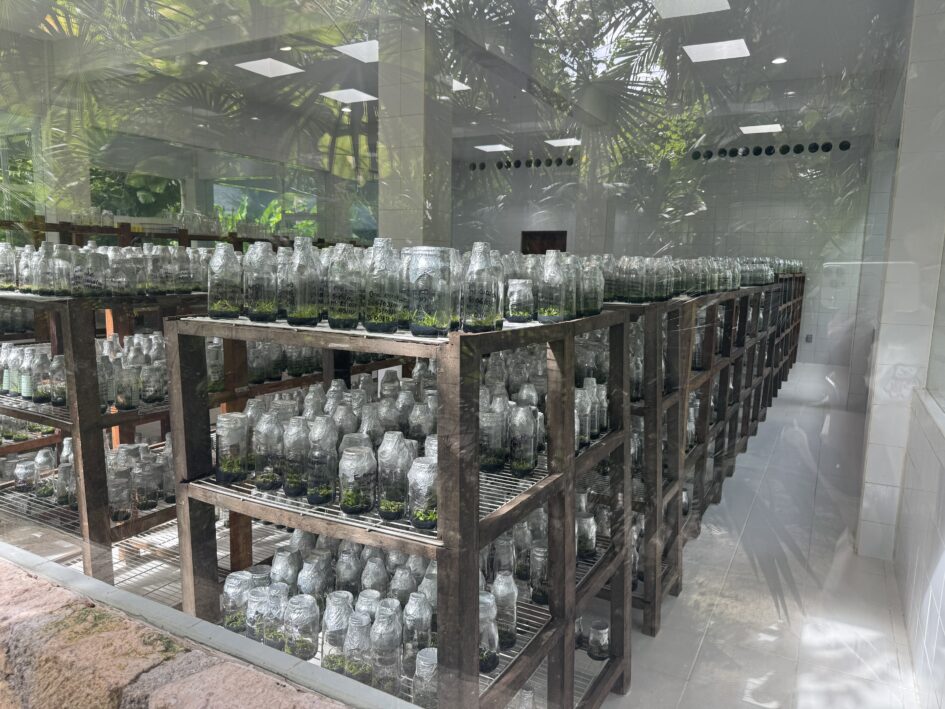Embracing Diversity and Inclusivity in Our PLNs
In today’s interconnected world, our Personal Learning Networks (PLNs) play a crucial role in our personal and professional growth. Reflecting on the diversity, inclusivity, and dynamics of social media platforms, I will explore the benefits of a diverse PLN, strategies for creating an inclusive network, the unique characteristics of different platforms, and the challenges of inclusivity in digital spaces.
Diverse PLN Benefits
Having a diverse PLN enriches our learning experiences by exposing us to a wide range of perspectives, ideas, and cultures. For instance, engaging with professionals from different industries and cultural backgrounds has broadened my understanding of global trends and challenges. This diversity fosters creativity and innovation, as it encourages us to think beyond our own experiences and consider alternative viewpoints. Moreover, it promotes empathy and cultural competence, essential skills in our increasingly globalized society.
Creating an Inclusive PLN
To ensure our PLNs are inclusive, we must actively seek out and include voices from underrepresented groups. One effective strategy is to follow and engage with individuals and organizations that advocate for diversity and inclusivity. Additionally, we can participate in conversations and initiatives that promote equity and justice. For example, I have made a conscious effort to follow educators and thought leaders who focus on social justice and inclusion, which has helped me stay informed and engaged with these important issues.
Social Media Dynamics
Different social media platforms offer unique features and cultures, influencing how we interact within our PLNs. For example, Twitter’s concise format encourages quick exchanges and real-time discussions, making it ideal for sharing news and resources. In contrast, LinkedIn provides a more professional environment for networking and career development. These differences affect how we present ourselves and engage with others. Reflecting on my behavior, I realize that I tend to be more formal and career-focused on LinkedIn, while on Twitter, I feel more comfortable sharing personal insights and engaging in casual conversations.
Challenges of Inclusivity in Digital Spaces
Inclusivity in digital spaces can be challenging due to factors like language barriers, digital divides, and algorithmic biases. One difficulty I have faced is ensuring that my PLN includes a diverse range of voices, especially those from marginalized communities. This challenge is compounded by algorithms that often prioritize popular or mainstream content. To overcome these challenges, it is crucial to be intentional in our efforts to diversify our networks. We can do this by actively seeking out and amplifying underrepresented voices, engaging in respectful dialogue, and being mindful of our own biases.In conclusion, fostering a diverse and inclusive PLN requires intentional effort and continuous reflection. By embracing diversity and promoting inclusivity, we can create richer learning experiences and contribute to a more equitable and connected world.

Leave a Reply